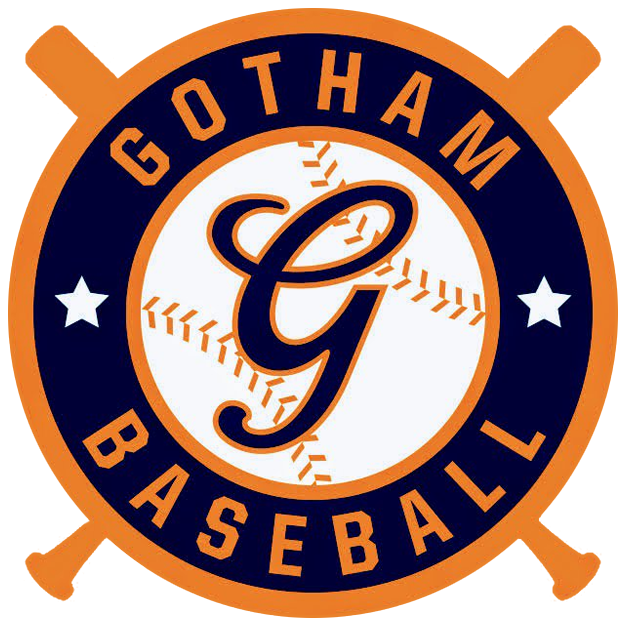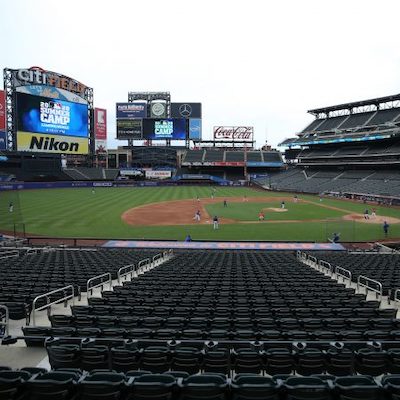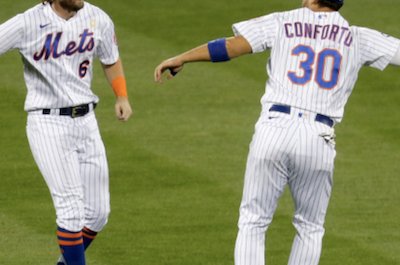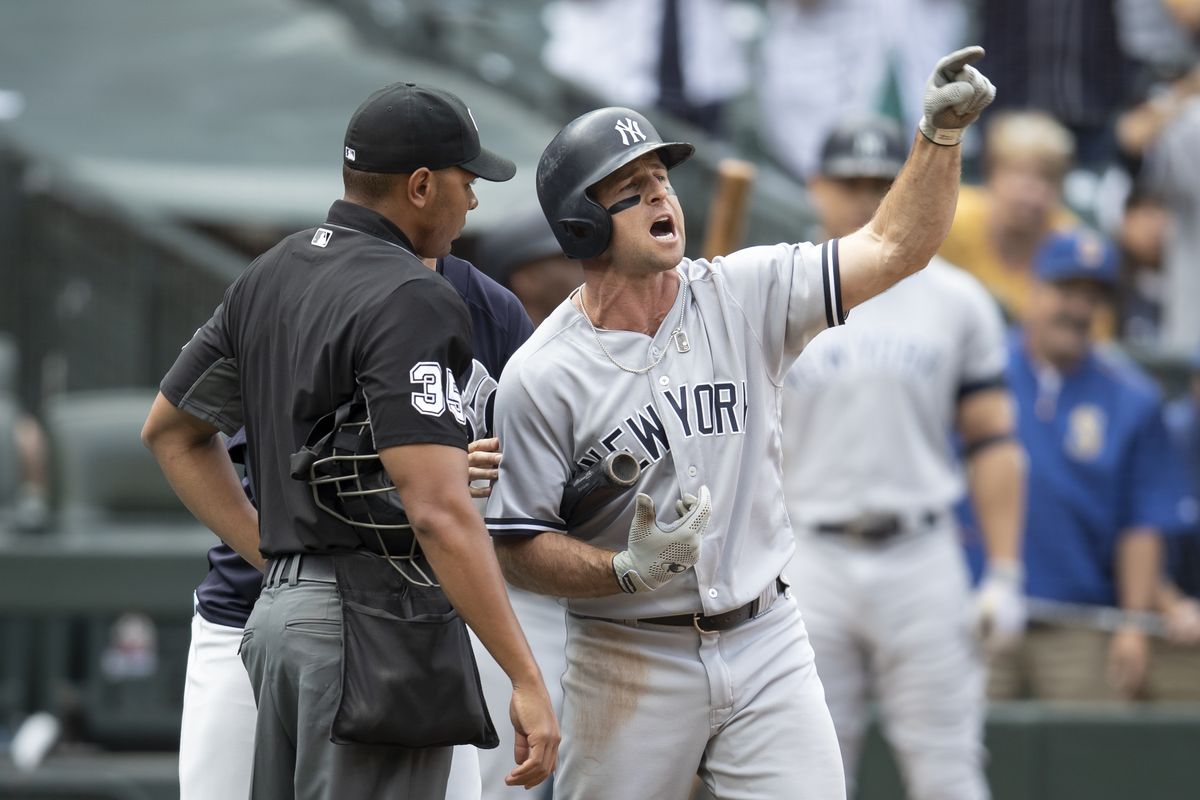As of this morning, the Mets lead the majors in On-Base Percentage. If you’re as surprised to learn that as I was, that’s probably because they’re in the middle of the pack in the majors in Runs Scored. This unfortunate mismatch showcases the Mets offense early struggles, and plays a large role in their sub-.500 record to start the season.
When I first took a look at these numbers, I wondered if it really makes a difference. That is, should a high-OBP indicate more runs scored, and more importantly, a better record? Based on last season, the short answer is “Yes”. And the longer answer is “Yes, it really, really does.” The top 7 teams in On-Base Percentage to close out the 2019 season were also the top 7 teams in Runs Scored at the end of last year. Six of these teams made it to the postseason. Obviously, it takes more than getting on base and scoring runs to make it to October; also obvious, it helps.
So how bad has it been for the Mets? Actually, let’s start with what’s been good. A rule of thumb for OBP is that .340 can be considered above average, with .370 being thought of as great. The Mets have 6 players who have played in at least 11 games so far this season with an OBP of .370 or higher, and a seventh player (Pete Alonso) who is at .338. That’s almost a whole lineup. In fact, not only are the Mets leading the majors in getting on base, they are 9 points ahead of the next team (the Yankees, in case you were curious). This is the widest margin between two consecutive teams in the rankings. And still, the Mets are 16th in the majors in bringing those runners home.
Okay, so what gives? The Mets have 145 at-bats with runners in scoring position so far this season. In those 145 ABs, they have only 31 hits. That’s a paltry .214 batting average. Robinson Cano, Brandon Nimmo, and JD Davis, have had 13 of those 31 hits, in 34 of those 145 ABs. This means the rest of the team is batting .162 with RISP. Yikes. And while it would usually take just a single to drive in one of those runners, it’s still worth mentioning that only 2 of the Mets 16 home runs so far have come with runners in scoring position. Or, another way of looking at it, the Mets are third-to-last in the majors in Slugging Percentage with runners in scoring position. More importantly, while the Mets do have 6 sacrifice flies (tied for 3rd in the majors), they also have 42 Ks with runners in scoring position, second worst in all of baseball.
While some of this could be blamed on former Mets great, Yoenis Cespedes (1-8, 5 Ks with RISP), he’s certainly not the only culprit. Alonso, last year’s offensive hero, has been atrocious in these clutch situations this year, batting .190 with 4 hits (all singles) and 2 Runs Batted In, in 21 ABs with RISP. And even though Michael Conforto has started off the season impressively with an OPS nearly 100 points higher than his career numbers, he has been thoroughly disappointing with runners in scoring position (3-14, 2 RBIs). You can add Jeff McNeil, Dominic Smith, Amed Rosario, and the biggest offender (so to speak), Wilson Ramos (1-11, 1 RBI) to this list. Hey look, that’s 7 players, again, almost a whole lineup.
As long as we’re discussing numbers, it’s probably worth mentioning that the Mets offensive issues aren’t just about their failures with runners in scoring position. The Mets are 12th in baseball in OPS. As a reminder, OPS is a combination of On-Base Percentage and Slugging Percentage (aka On-Base Plus Slugging). So, for the Mets to lead the majors in OBP and not even crack the top 10 in OPS means their slugging has been relatively dreadful. In fact, there are 17 teams, including the Mets, with an OPS above .700. The Mets have the worst Slugging Percentage of any of them, and there is even one sub-.700 OPS team (the LA Dodgers) with a higher Slugging Percentage.
Okay, so that was a lot of numbers, what does it all mean?. Really, the stats above were all different ways of saying the same thing: the Mets need to start getting their hits when it matters. When a team is playing well, you’ll hear talk of “timely hitting”. For the uninitiated, this is a simple way of saying that when a team gets its hits is more important than how many hits the team gets.
Like many Hollywood celebrities, this season isn’t as young as it looks. If the Mets don’t start taking advantage of the opportunities that they’re already creating, they will find themselves on the outside of this year’s ridiculously crowded post-season bracket. That said, it’s likely that if even just a few of the 6 slow-starters named above (no need to include Cespedes) can turn things around soon, so will the Mets.



